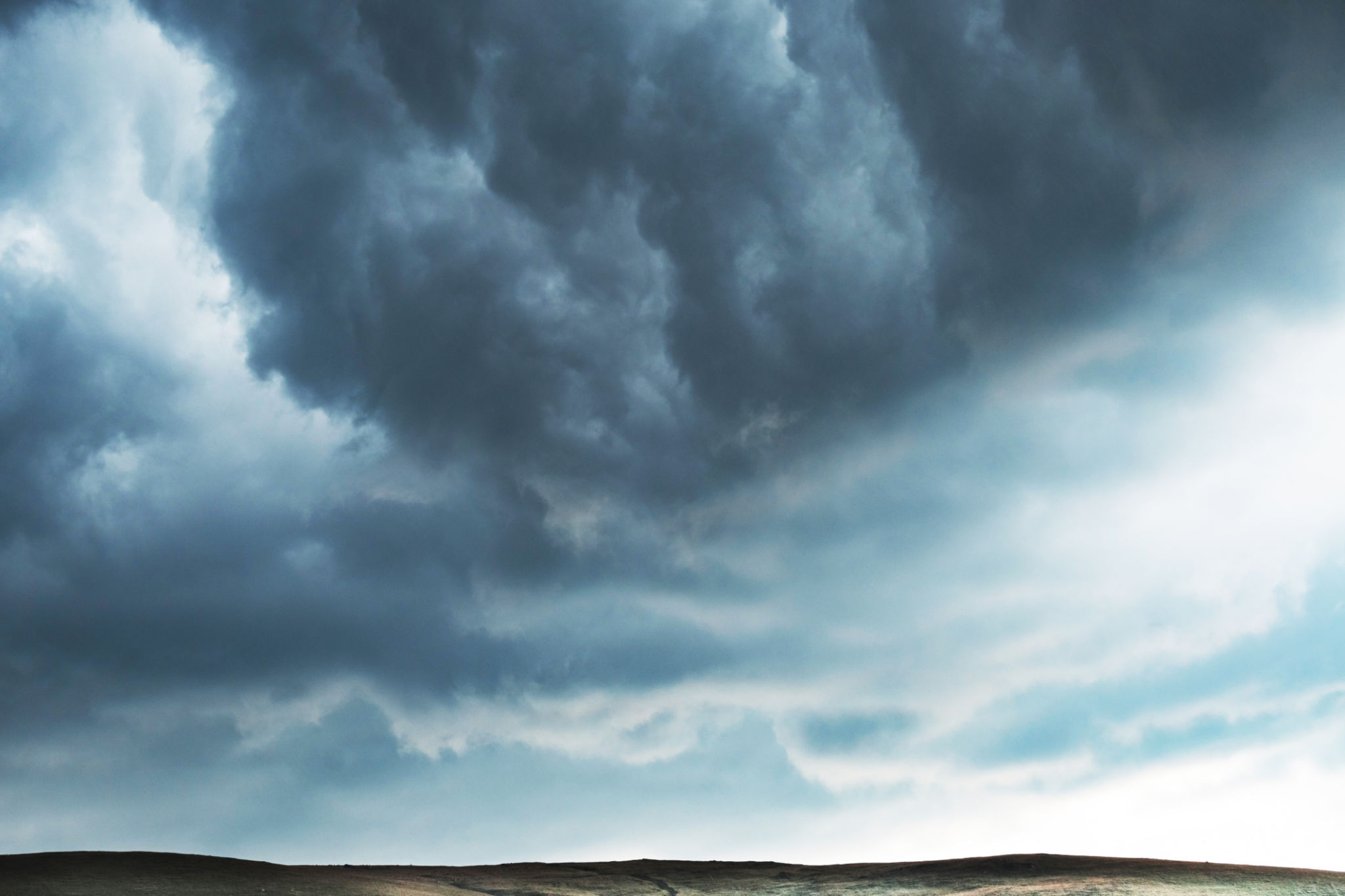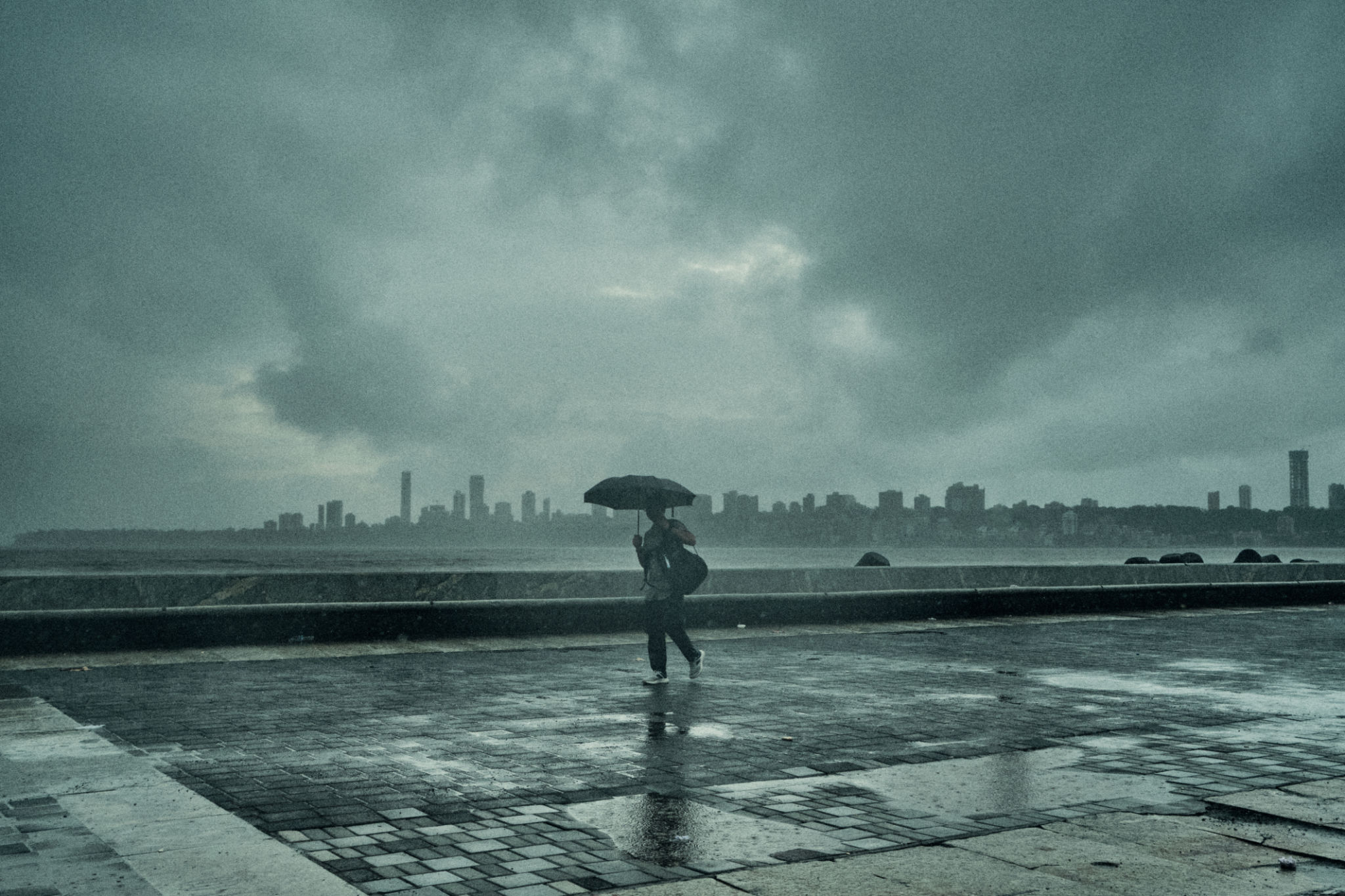The Role of Weather in Creative Photography Projects
The Transformative Power of Weather in Photography
Weather plays a pivotal role in shaping the mood and atmosphere of a photograph. Whether it's the soft glow of dawn, the dramatic clouds rolling in before a storm, or the serene beauty of a snow-covered landscape, weather can transform an ordinary scene into something extraordinary. Creative photographers often use weather to add depth and emotion to their work, making it an essential element of their artistic toolkit.

Harnessing Natural Light
Light is one of the most crucial components of photography, and weather conditions directly influence the quality and direction of natural light. Overcast skies provide diffused, soft lighting, ideal for portrait photography by minimizing harsh shadows. Conversely, the golden hour—shortly after sunrise or before sunset—offers warm, directional light that can add a magical touch to landscapes and portraits alike.
Photographers can also use weather-induced lighting effects to their advantage. For example, the interplay of light and shadow during a thunderstorm can create dramatic contrasts, while fog can add an ethereal quality to images by softening details and muting colors.
The Emotional Impact of Weather
Weather has the power to evoke strong emotions, which can be harnessed to enhance the storytelling aspect of a photograph. A sunny day might convey joy and optimism, while a rainy setting could suggest melancholy or introspection. Snowy scenes often evoke feelings of tranquility and purity.

By carefully selecting the timing and conditions for their shoot, photographers can use weather to set the emotional tone of their images. This approach allows them to create more engaging and impactful visual narratives.
Overcoming Weather Challenges
Shooting in challenging weather conditions can be daunting, but it also presents unique opportunities for creativity. Rain, for instance, can create reflections and textures that add interest to urban scenes. Wind can be used to capture dynamic movement in nature, especially with elements like leaves or water.
Preparation is key when working with unpredictable weather. Photographers should equip themselves with weather-resistant gear and plan their shoots around the forecast. Flexibility is also important; sometimes, waiting out a storm or adjusting plans can lead to unexpected and captivating results.

Weather as a Subject
In some cases, weather itself becomes the primary subject of a photograph. Capturing lightning strikes, dramatic cloud formations, or rainbows requires patience and skill. These images often stand out for their rarity and the technical prowess needed to capture them effectively.
To successfully photograph weather phenomena, photographers might use specific techniques such as long exposures or high-speed photography. These methods can help freeze moments in time or convey the movement inherent in weather events.
Conclusion: Embracing the Elements
For creative photographers, weather is not just a backdrop but an integral part of their art. By understanding and embracing the nuances of different weather conditions, photographers can elevate their work and tell more compelling stories. Whether it's through enhancing natural light, setting an emotional tone, overcoming challenges, or focusing on weather itself, the possibilities are endless.
Ultimately, weather adds a layer of unpredictability and excitement to photography projects, inviting photographers to explore and experiment with the elements. Embrace the weather, and let it inform and inspire your next creative endeavor.